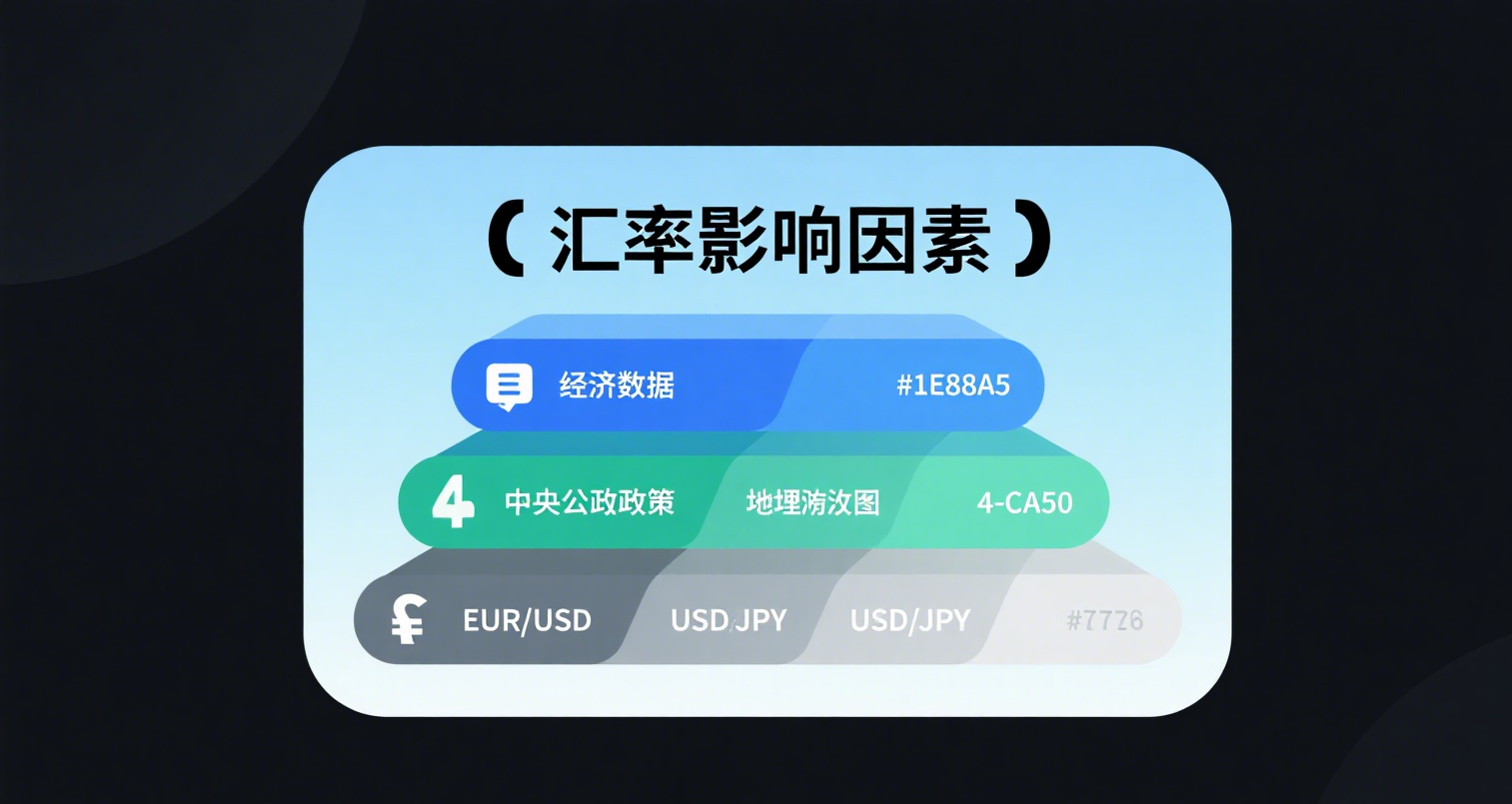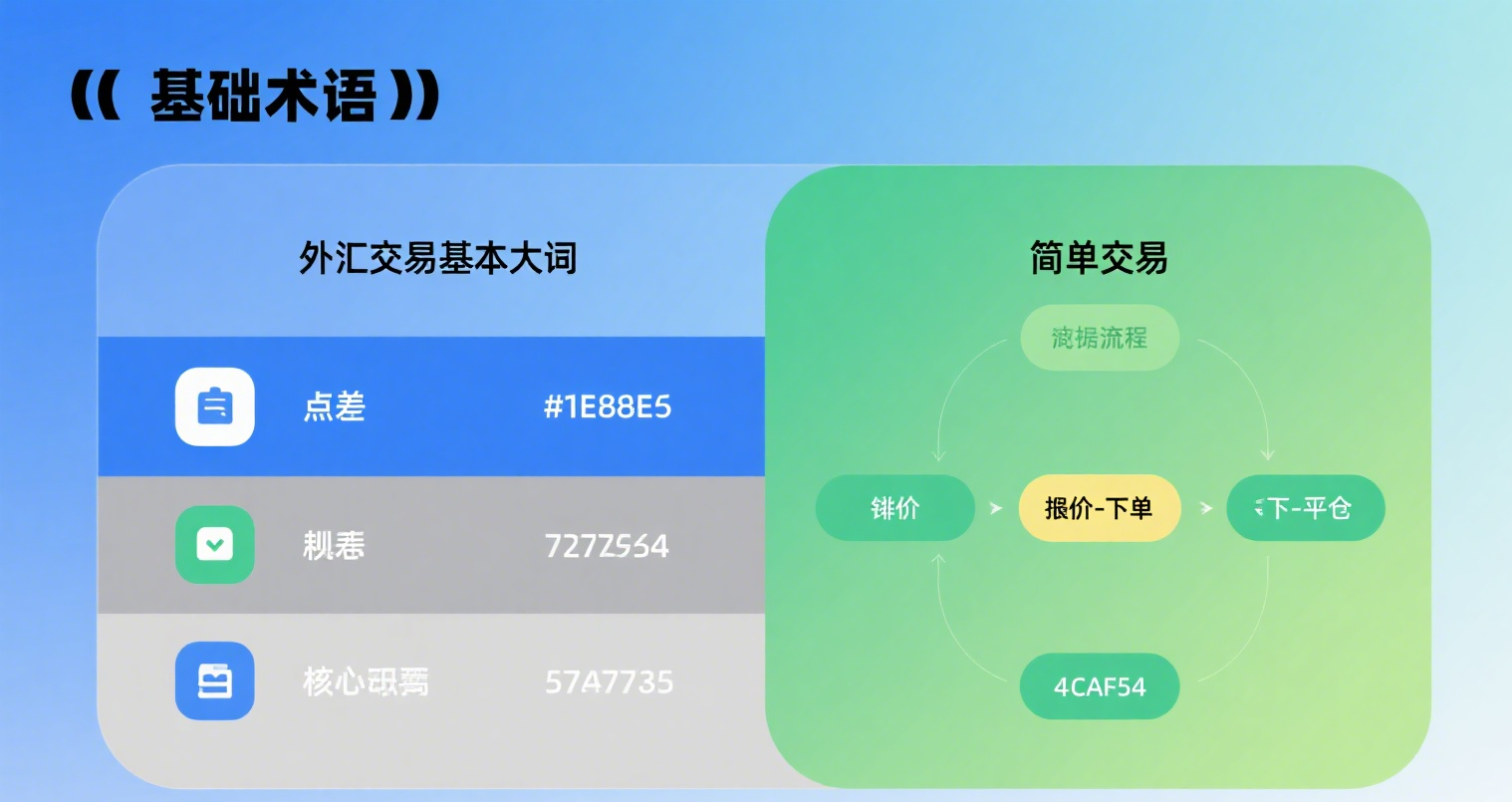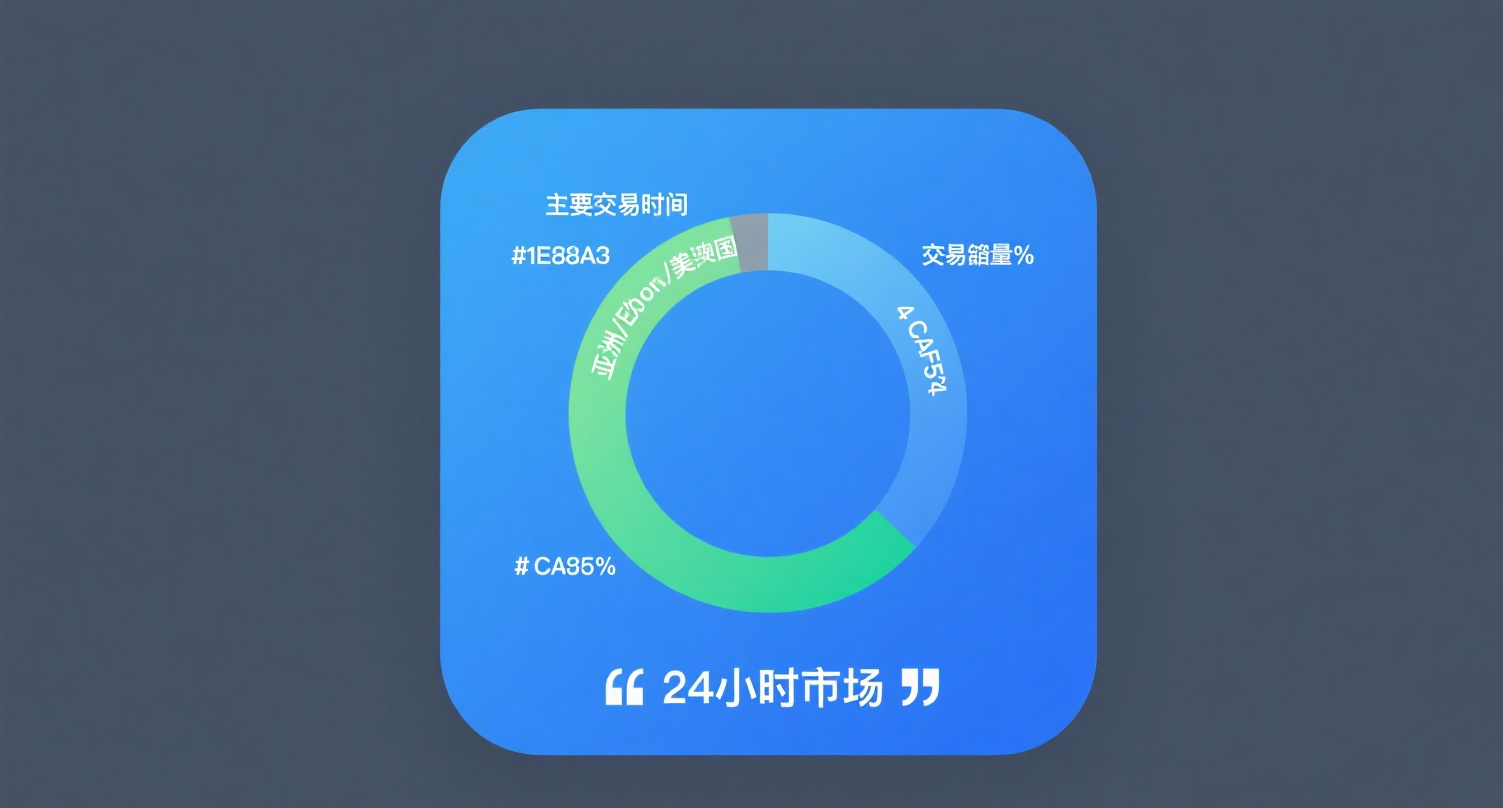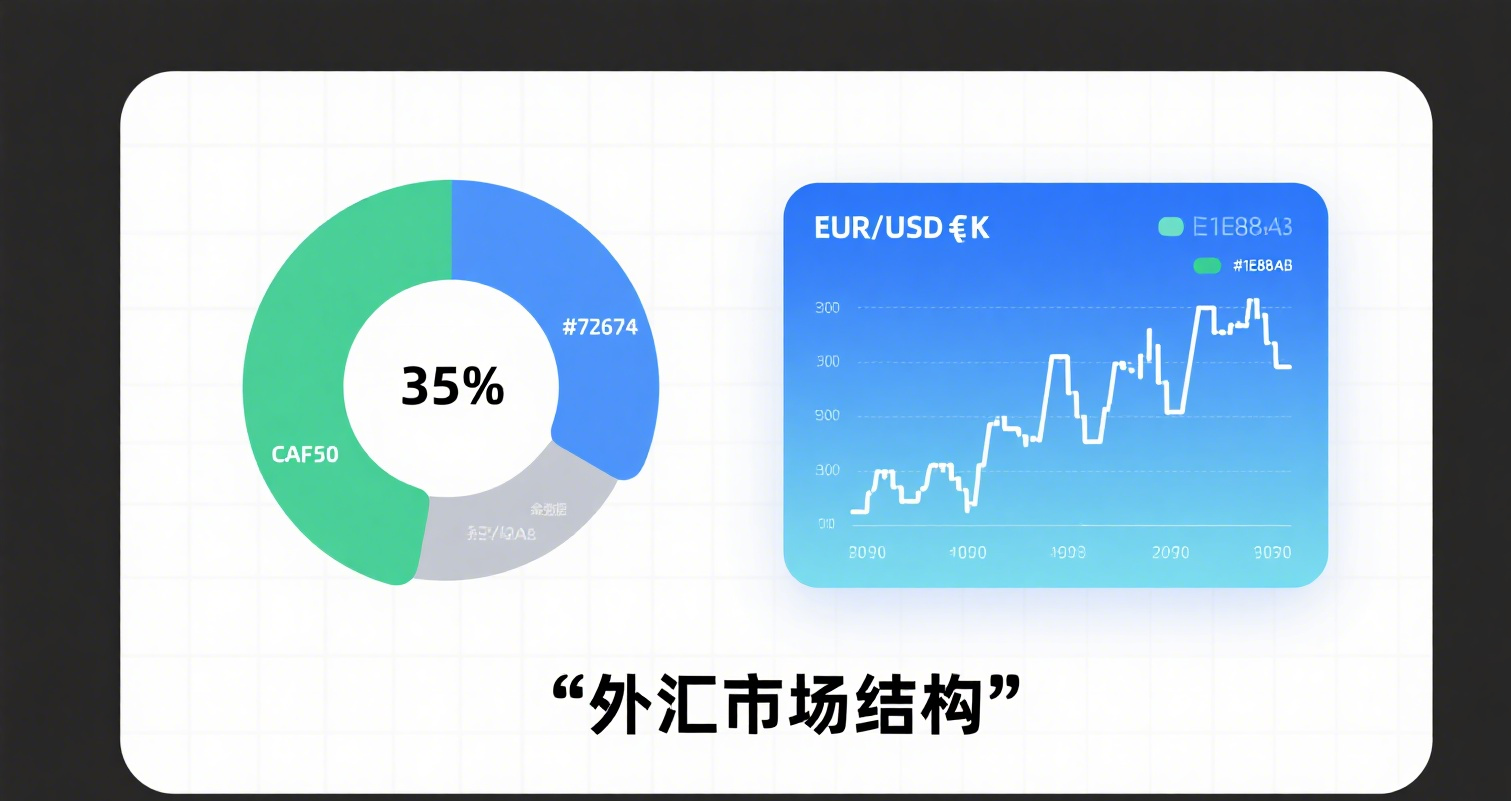
What Are Look-Through Earnings?
The concept of look-through earnings was introduced by Warren Buffett during Berkshire Hathaway's 1990 annual meeting. He pointed out that the best way to assess true profitability is by using "look-through earnings," calculated as follows:
First, include $250 million—this represents the pre-tax profits attributable to Berkshire based on its ownership stake in the invested public companies. Then, subtract $30 million—the dividend tax that would be due upon receiving the aforementioned $250 million. Finally, add the remaining $220 million to the reported profit of $371 million, resulting in Berkshire's 1990 "look-through earnings" of $591 million.
According to accounting standards, for investments with ownership stakes below 20%, investment income is recorded based on dividends received in the current year. Buffett argues that invested companies typically distribute only a portion of their annual profits as dividends. If only dividends are counted as annual earnings, this leads to an underestimation of true earnings.
Even if a company does not pay dividends, its undistributed earnings still belong to shareholders due to its growth and profitability. Most of Berkshire's external investments hold stakes below 20%. To reflect Berkshire's true earning power, these underreported earnings should be added to the accounting profit. This "look-through earnings" metric allows shareholders to easily understand "what assets" they own and "what earnings" were generated over the past year.
What Insights Do Look-Through Earnings Offer Ordinary Investors?
In Buffett's view, an investor's annual earnings should be calculated as the company's net profit multiplied by the investor's ownership percentage—because buying shares means owning a small piece of the business. However, most investors do not view earnings this way.
Instinctively, people often consider stock price fluctuations as their annual profit. If investment returns are measured solely by market value changes, this approach becomes overly reliant on short-term price movements. If the market performs well this year, your returns appear high; if it performs poorly, your returns seem low. In other words, your returns depend not on you but on the market's performance.
Investors who evaluate their returns using look-through earnings are not swayed by secondary market price volatility. Instead, they adopt a detached attitude toward short-term fluctuations and focus on identifying stocks with permanent value appreciation.
Most stock price fluctuations are meaningless, as the majority cancel out over short or long time horizons. Only price increases driven by improvements in the underlying asset's profitability are not offset by volatility. This approach forces investors to think about a company's long-term prospects rather than short-term price movements. If a portfolio's look-through earnings continue to grow while its market value shows an annual paper loss, it may signal a buying opportunity.
















